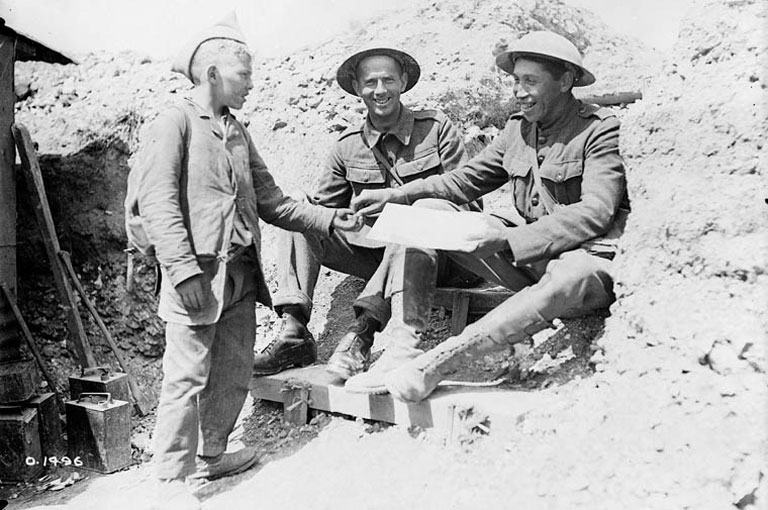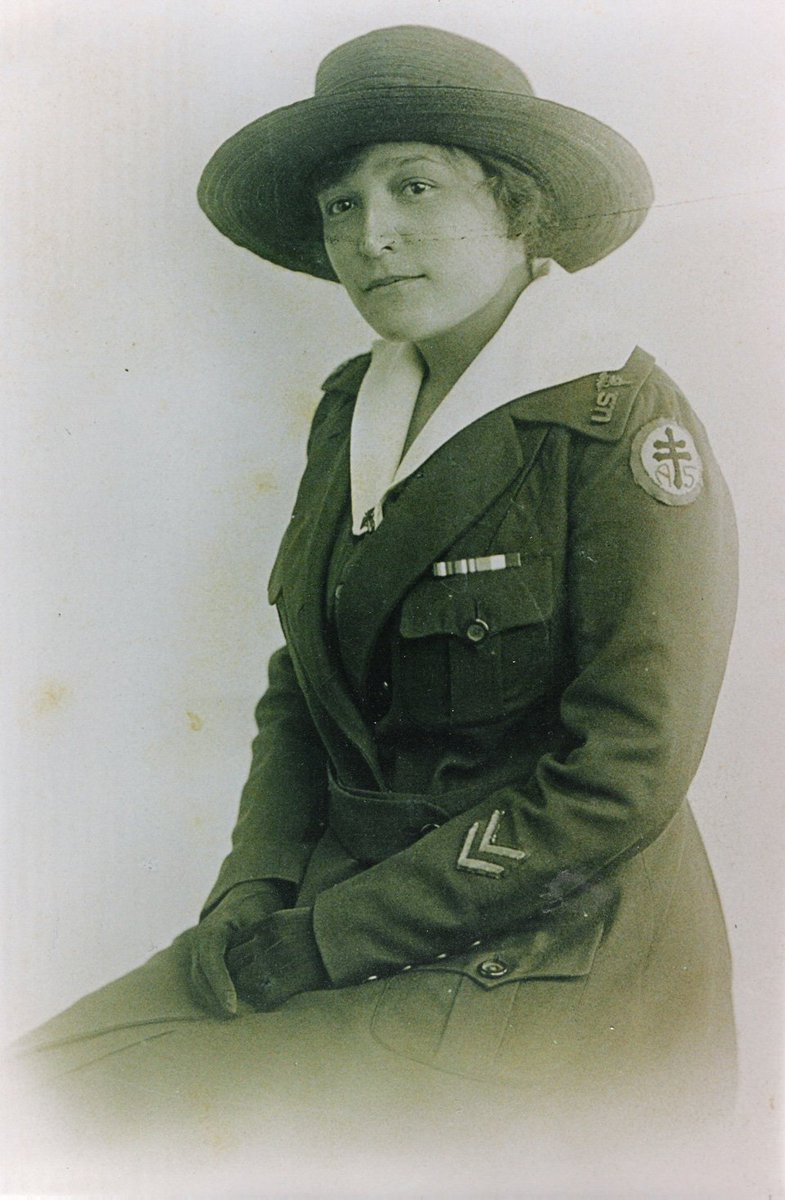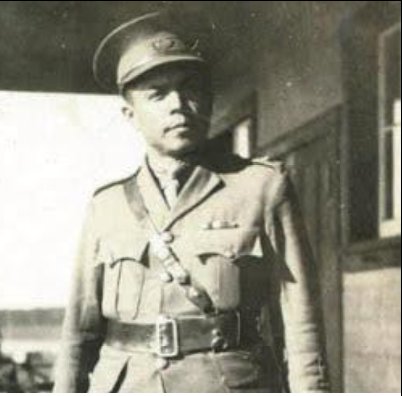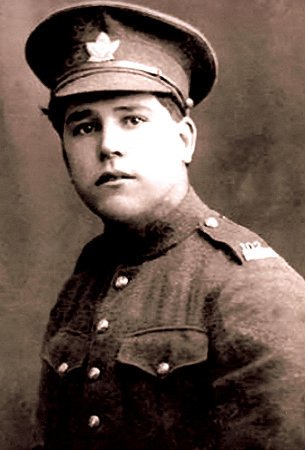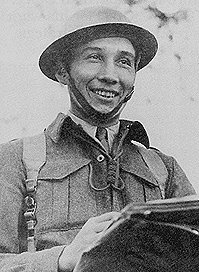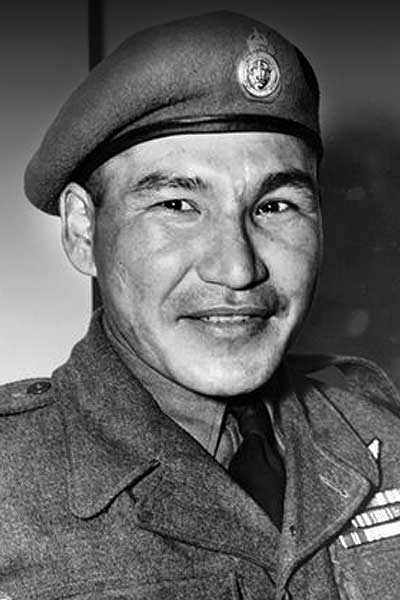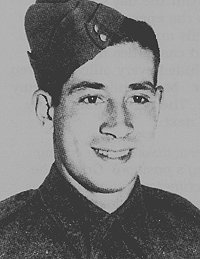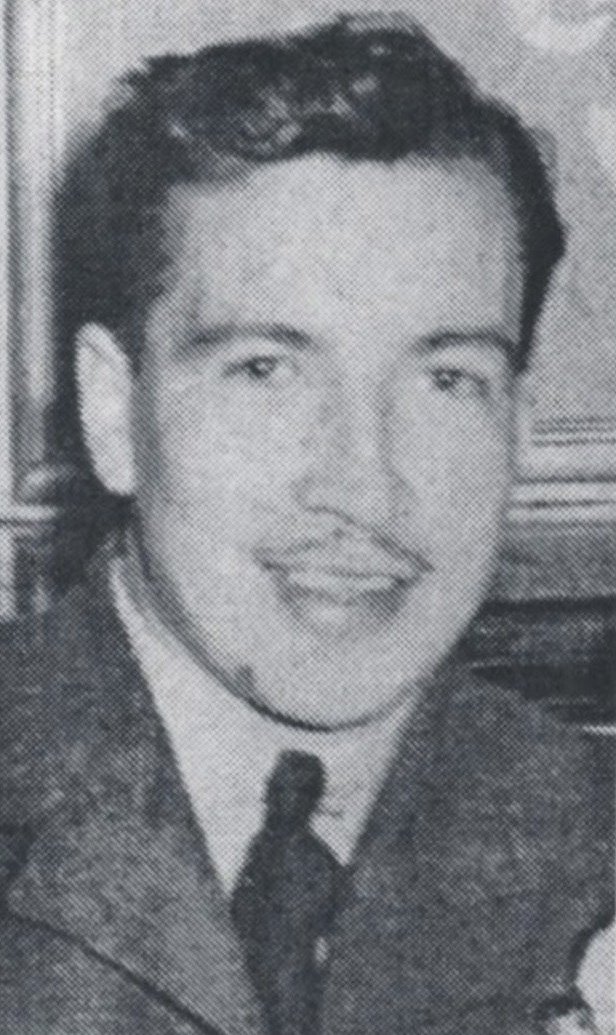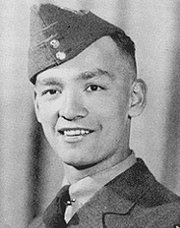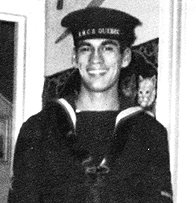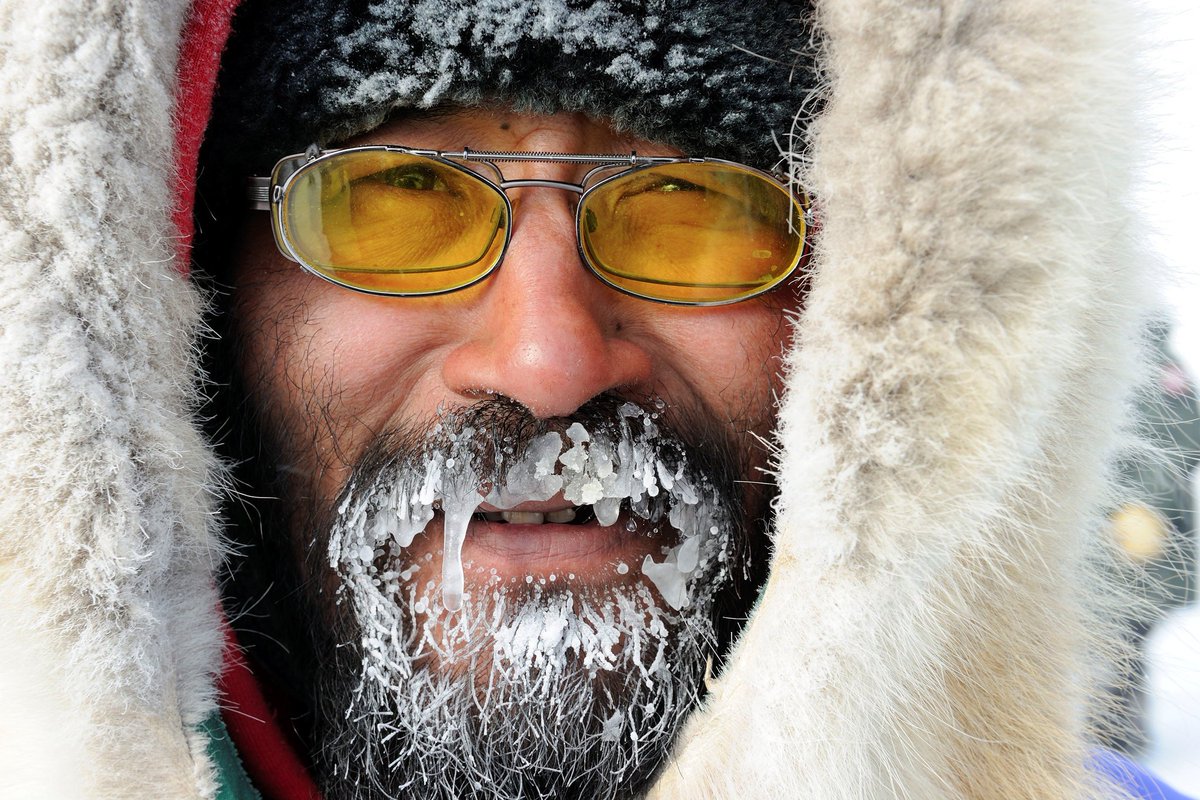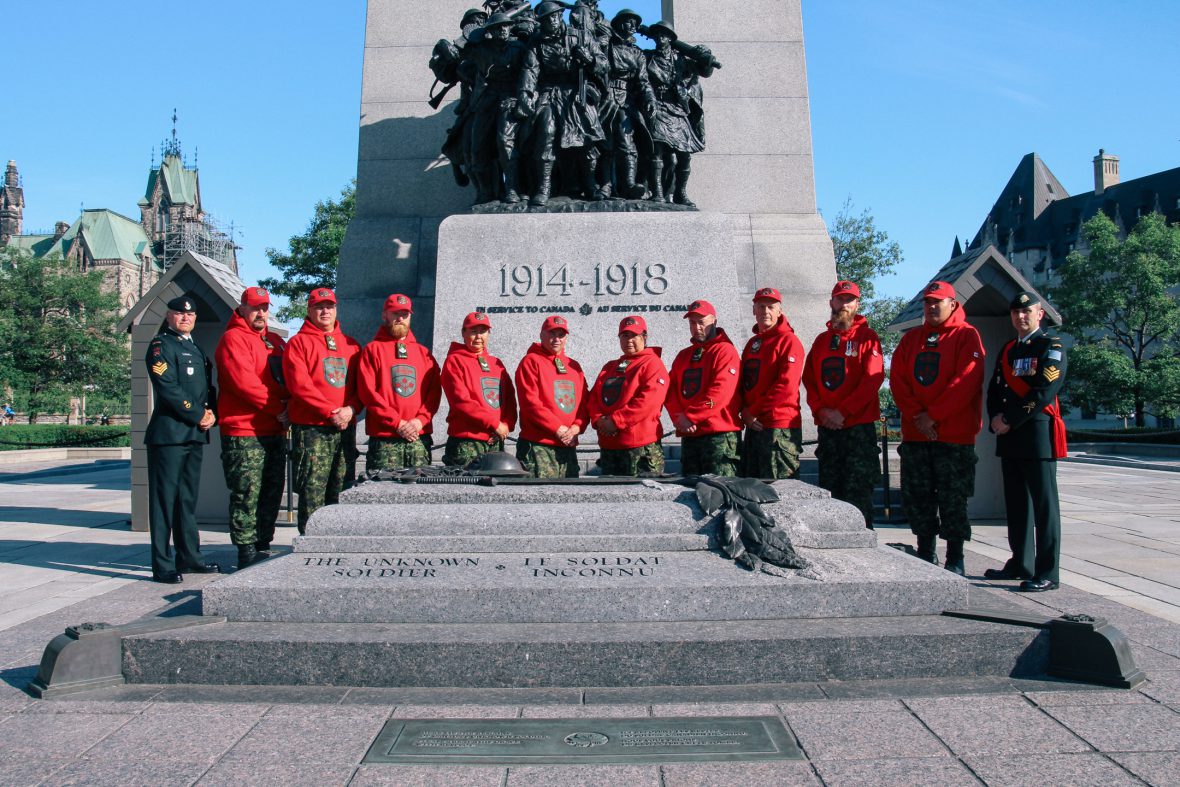In honour of June being #IndigenousHistoryMonth in Canada, this space will highlight Indigenous Canadian veterans. I& #39;ll add to it throughout the month.
Today was Onondaga long distance runner Tom Longboat& #39;s birthday. Longboat won the 1907 @bostonmarathon in record time. During the First World War, he served as a dispatch runner with the Canadian Expeditionary Forces. (1) @LibraryArchives MIKAN: 3194329; (2) @CanadianColour.
Francis Pegahmagabow was an Ojibwa sniper from Wasauksing First Nation, of which he was later chief. He was one of the most decorated soldiers in the First World War, earning the MM three times. He fought at Ypres, the Somme, Passchendaele, and the Hundred Days Offensive.
Edith Monture was the first Indigenous registered nurse in Canada, and the first to gain the right to vote in a federal election. Due to the Indian Act, she was educated in the US and served with the US Army Nurse Corps overseas during the First World War. #IndigenousHistoryMonth
Captain Alexander George Edwin Smith was born on the Six Nations Reserve near Brantford, Ontario. He served in the militia before the First World War and earned the Military Cross at the Somme for "conspicuous gallantry in action" and "displaying the greatest courage throughout".
Inuit soldier John Shiwak was born in Rigolet, Labrador. He was a member of the Newfoundland Regiment, and was one of the best snipers of the war. He was killed at Masnières, and his name is inscribed on the Beaumont-Hamel Memorial in France. Photo courtesy of the Shiwak Family.
Lieutenant James David Moses was a Delaware from the Six Nations of the Grand River Reserve. He was a teacher and active in the militia before shipping overseas during the First World War. He was shot down while acting as an aerial observer and gunner with the Royal Flying Corps.
Henry Louis Norwest, a Métis from Alberta, was one of the deadliest snipers in the Canadian Corps, with 115 confirmed kills. He was awarded the Military Medal and bar for his courage. He fought at Vimy and Amiens, and was killed by a German sniper whom he was hunting, in 1918.
George McLean of the Okanagan was one of the most highly decorated First Nations soldiers in the FWW. He first served with the Canadian Mounted Rifles in the Boer War (1) and later with the CEF (2) in France. He earned the Distinguished Conduct Medal for heroism at Vimy Ridge.
Joseph Roussin, a Mohawk from Kanesatake in Quebec, was a reconnaissance scout. He enlisted in 1915 and served in the Royal 22e Régiment. He earned the Military Medal in 1917 at Hill 70 for killing five Germans and taking three others prisoner during a single handed attack.
Samuel Glode was a Mi’kmaq soldier who fought at Passchendaele, Amiens and Vimy Ridge before earning the Distinguished Conduct Medal for removing over 450 charges after the Armistice, showing “great devotion to duty and an utter disregard of personal danger". Photo: Clara Dennis.
Big Feather Dr. Gilbert Monture, was a Mohawk of the Six Nations Reserve. He was a gunner in WWI and in the militia during the inter-war period. During WW2 he was appointed Canadian Executive Officer of the Combined Production and Resources Board and made an Officer of the OBE.
Edwin Victor Cook was from Alert Bay and the Namgis First Nations. He served in France with the infantry, married an English woman on leave, and was wounded at Vimy Ridge. He succumbed to his wounds, but was awarded the Distinguished Conduct Medal for conspicuous gallantry.
Oliver Milton Martin was a Mohawk from the Six Nations Grand River Reserve. He served in the First and Second World Wars, attaining the rank of Brigadier, the highest rank held by an Indigenous man at the time. In civilian life he was a school teacher, principal and magistrate.
David Georges Greyeyes from the Muskeg Lake Cree Band in Saskatchewan was a platoon commander with the Saskatoon Light Infantry. He fought in Sicily, Italy, North Africa, France, Belgium and the Netherlands, earning the Greek Military Cross for valour.
David Greyeyes returned to Canada after the war and married Flora Jeanne, who had served with the RCAF Women& #39;s Division. He was chief of his band, Regional Director of Indian Affairs, inducted into Saskatchewan& #39;s Sports Hall of Fame and appointed a Member of the Order of Canada.
Tommy Prince of the Brokenhead Band in Manitoba began his war service as a sapper with the Royal Canadian Engineers before joining the 1st Special Service Force, or Devil& #39;s Brigade. He earned the Military Medal and Silver Star for gallantry; one of only three men awarded both.
Charles Henry Byce was a Cree from Moose Factory, Ontario. His father was a decorated First World War vet. He joined the Lake Superior Regiment in 1940 and earned the MM in the Netherlands and the DCM in the Rhineland Campaign. He and his wife raised seven children after the war.
Flying Officer Willard John Bolduc was from in Chapleau, Ontario. His mother way Ojibwe and his father was a Cree who died in the First World War. He earned the Distinguished Flying Cross for his performance as an air gunner during a series of daring bombing raids over Germany.
Jack Beaver of the Mississauga First Nation was a fighter pilot in the Battle of Britain. He served in Holland and Belgium and was shot down over France on D-Day plus 1. After the war, he became chief of his band, and President of the Churchill Falls (Labrador) Corporation.
Nelson Shead of Selkirk, Manitoba, served as a Chief Motor Mechanic with the Royal Canadian Naval Reserve during the Second World War. His two brothers, Bill and Harry, also joined the navy. All three of the Shead brothers were from the Fish River First Nation.
Chief Joe Dreaver of the Mistawasis Cree Band served in both World Wars. In WW1, he earned the Military Medal at Ypres. He lost one brother at Vimy and another from wounds received at Vimy. He re-enlisted during WW2, guarding POWs. Five of his children also served in WW2.
CPO George Edward Jamieson of the Six Nations Upper Cayuga Band was called up from the RCNVR at the outbreak of the Second World War, where he escorted convoys during the Battle of the Atlantic. During the Korean War, he served in the destroyer HMCS Iroquois as an ASW specialist.
Ron Lowry was a Mohawk from the Bay of Quinte Band near Trenton, Ontario. His ancestors include veterans of the American Civil War and the Boer War. During the Korean War, Lowry was a Sonar Operator in HMCS Nootka. Four of his five sons served in our Navy.
The Canadian Rangers provide Canada with a para-military presence in our North, and throughout other remote areas of our country. Rangers primarily come from local indigenous populations from over two hundred Canadian communities. Photos: DND.

 Read on Twitter
Read on Twitter